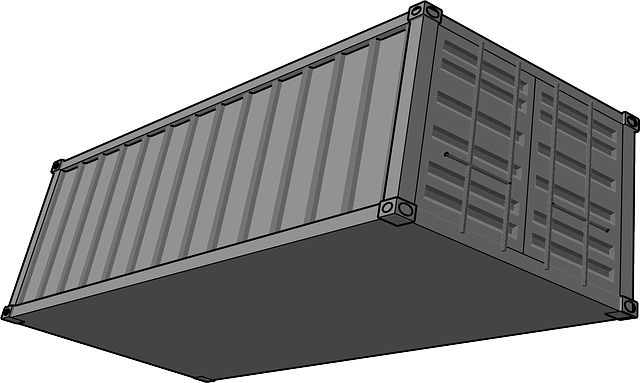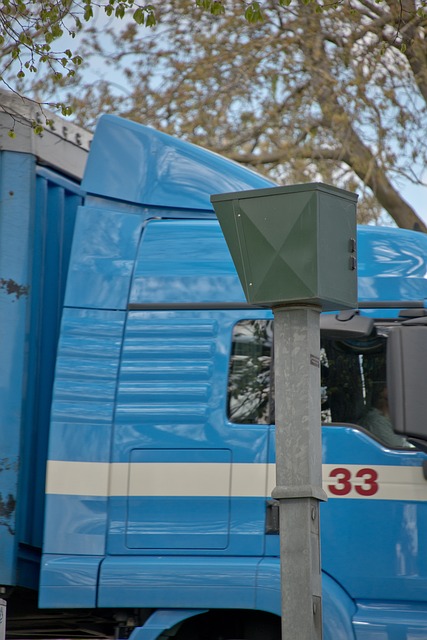In today's complex business landscape, especially for trucking and transportation companies, multi-truck coverage options are vital for effective risk management. These specialized policies offer comprehensive protection against accidents, property damage, and liability claims, addressing unique challenges faced by operations involving multiple trucks and fleets. By conducting regular risk assessments and reviewing policies, businesses can tailor their insurance strategies to meet changing risks and regulatory environments, ensuring peace of mind and enabling growth and innovation.
In today’s complex business landscape, understanding and addressing liability risks is paramount. This article delves into robust strategies for managing these risks through inclusive insurance policies, focusing on essential components like multi-truck coverage options. We explore comprehensive guidance, from identifying potential hazards to implementing best practices in insurance planning. By the end, readers will grasp how tailored policies can protect all stakeholders, ensuring business continuity and financial resilience.
Understanding Liability Risks: A Comprehensive Overview

Liability risks are a complex and multifaceted aspect of business operations, especially in today’s interconnected world. Understanding these risks is paramount for any organization aiming to mitigate potential legal and financial exposure. From product liability to professional services, various factors contribute to these risks, making it essential to have a comprehensive grasp. By identifying potential hazards, businesses can make informed decisions regarding risk management strategies.
One crucial component in mitigating liability risks is the implementation of suitable insurance policies. Multi-truck coverage options, for instance, offer broader protection by combining different types of insurance into one policy. This inclusive approach ensures that businesses are prepared for a range of scenarios, from property damage and personal injury to professional mistakes and legal disputes. Such policies provide peace of mind, allowing companies to focus on growth and innovation while knowing their liabilities are well-addressed.
The Role of Multi-Truck Coverage Options in Risk Mitigation

In today’s complex business landscape, especially with operations involving multiple trucks and fleets, having robust insurance policies that include multi-truck coverage options is essential for effective risk mitigation. These specialized coverage options are designed to address the unique challenges faced by trucking and transportation companies. By offering comprehensive protection across various scenarios, they ensure businesses are shielded from potential financial losses resulting from accidents, property damage, or liability claims.
Multi-truck coverage options provide a tailored solution for managing risks associated with fleet operations. They can encompass liability protections, collision coverage, and cargo insurance, among others. Such policies enable companies to navigate labyrinthine legal and financial complexities, ensuring they meet their obligations and maintain business continuity. This proactive approach to risk management is vital in an era where strict regulations and heightened public awareness demand stringent safety measures.
Crafting Inclusive Insurance Policies for All Stakeholders

Crafting inclusive insurance policies requires a nuanced approach that considers the diverse needs and risks faced by all stakeholders, from individuals to businesses and communities. This means going beyond traditional coverage options to include multi-truck coverage for those who may not be adequately protected under standard policies. By offering flexible and comprehensive multi-truck coverage options, insurers can ensure that no one is left vulnerable in the face of potential liabilities.
Inclusivity also involves simplifying the policy language and processes to make them easily understandable and accessible. This is particularly important for marginalized communities who may lack the resources or knowledge to navigate complex insurance terms. Clear communication and simplified policies empower all stakeholders to take control of their risk management, fostering a more equitable and robust insurance landscape.
Best Practices for Implementing and Reviewing Insurance Strategies

Implementing and reviewing insurance strategies is a dynamic process that requires continuous adaptation to evolving risks and regulatory landscapes. Best practices include conducting thorough risk assessments, which involve identifying potential hazards and their likelihood. This should be done regularly, considering market trends, technological advancements, and changes in operational processes. For instance, businesses operating with multi-truck fleets need comprehensive coverage options that cater to unique risks associated with various vehicles and cargo types.
Regular policy reviews are essential to ensure the insurance strategy remains fit for purpose. This involves analyzing existing policies, comparing them against updated risk assessments, and making necessary adjustments. Staying engaged with industry experts and insurers can provide valuable insights into emerging trends in liability coverage, enabling businesses to tailor their strategies accordingly.
In conclusion, navigating liability issues requires a strategic approach, especially in complex business environments. By understanding the risks, leveraging multi-truck coverage options for comprehensive risk mitigation, and crafting inclusive insurance policies, organizations can ensure they are protected against potential losses. Adhering to best practices for implementing and reviewing insurance strategies further fortifies this defense, allowing businesses to operate with confidence and peace of mind in an ever-evolving legal landscape.
